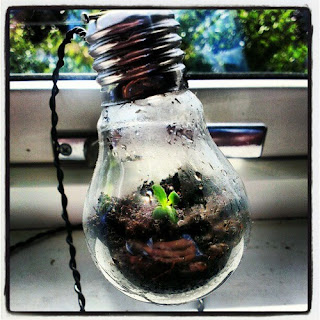With the rampant waste in society, is not common to use it again, this time with ideas and gain knowledge from various sources on the internet, I get one that is processed into compost, which is very useful for plantations in Indonesia
composting
Individual composting
Them individually in waste management / scattered needed one
the composter tool that can help in the process of change in waste
organic compost which is needed by agricultural land,
plantation, fishery and mining excavation ex. With this method,
composting can be directly performed in each household
producers of organic waste with a very practical technique.
With the method of this composter, a municipal waste management
simplified so as to reduce the volume of waste in TPS and can
minimize odors released by organic waste
rot because it does not directly processed. Whereas for inorganic waste,
such as plastic, paper and metal can be recycled into feedstock
industries. Plastic, paper and metal can be processed at a recycling facility
or channeled through the collector will then be distributed to
recycling industry requires raw materials.
Composting process by using Compost
. Supply and manufacture Composter
On drums / plastic barrel with ± 75 cm high and 50 cm diameter made
some ventilation holes with a hole diameter -10 cm 3. this method
effective when using bio-activator Orgadec containing 2
alternate aerobic microbes. Bio-activator that is used is the result
production of Indonesian Biotechnology Research Institute for Estate Crops






